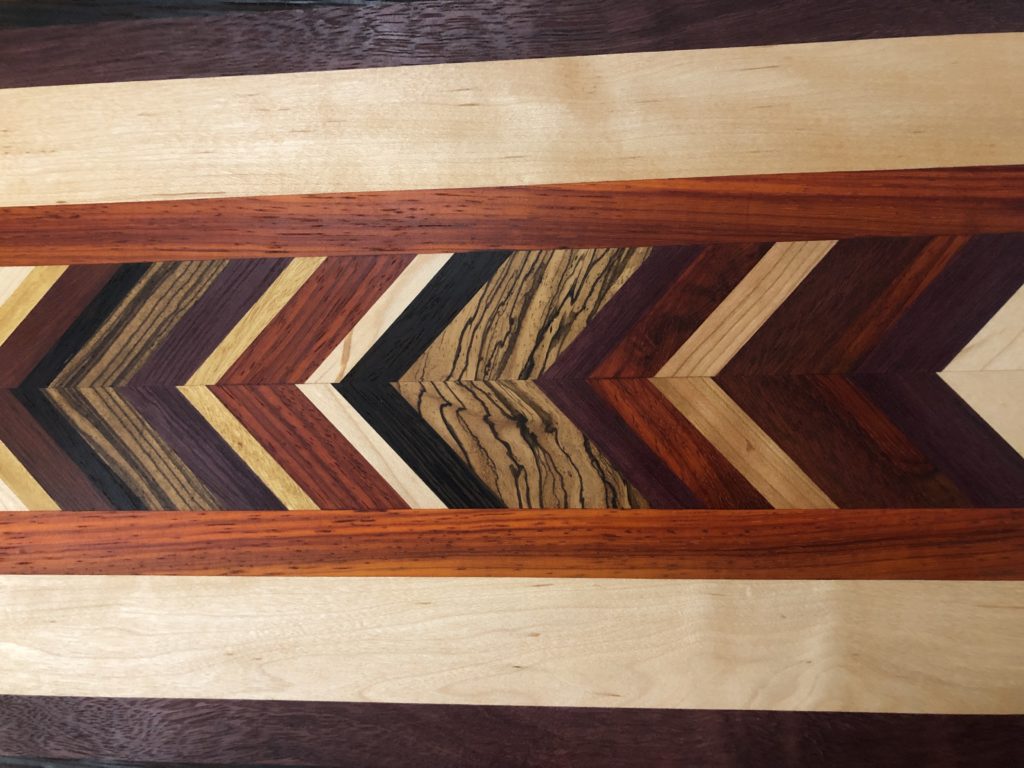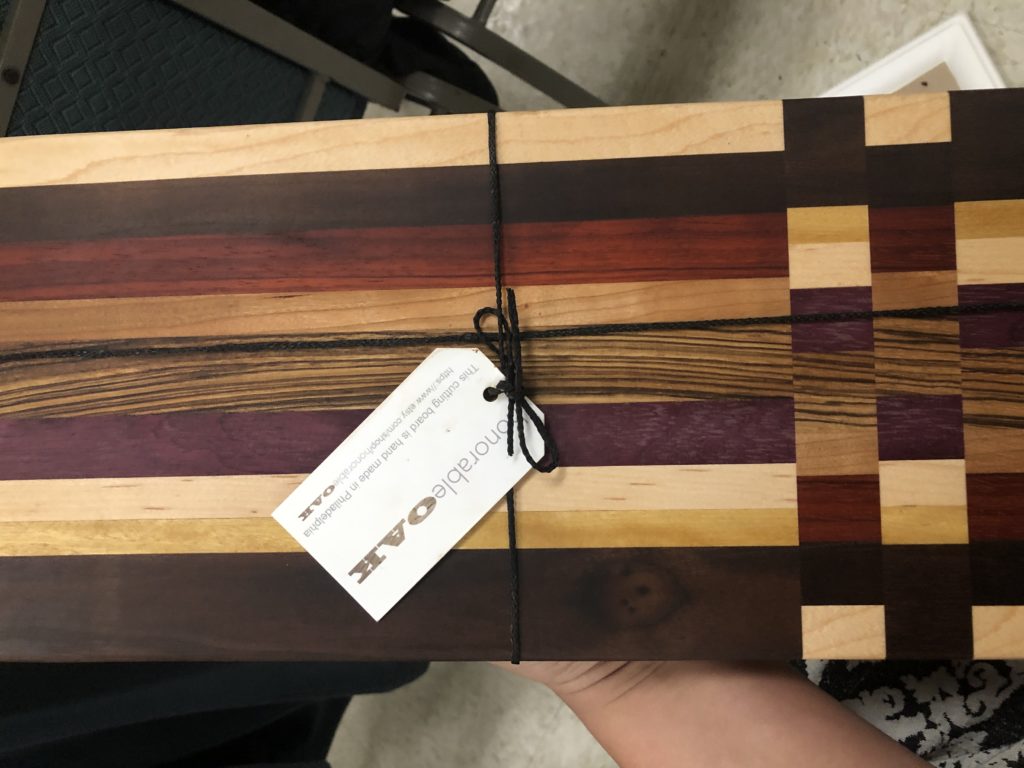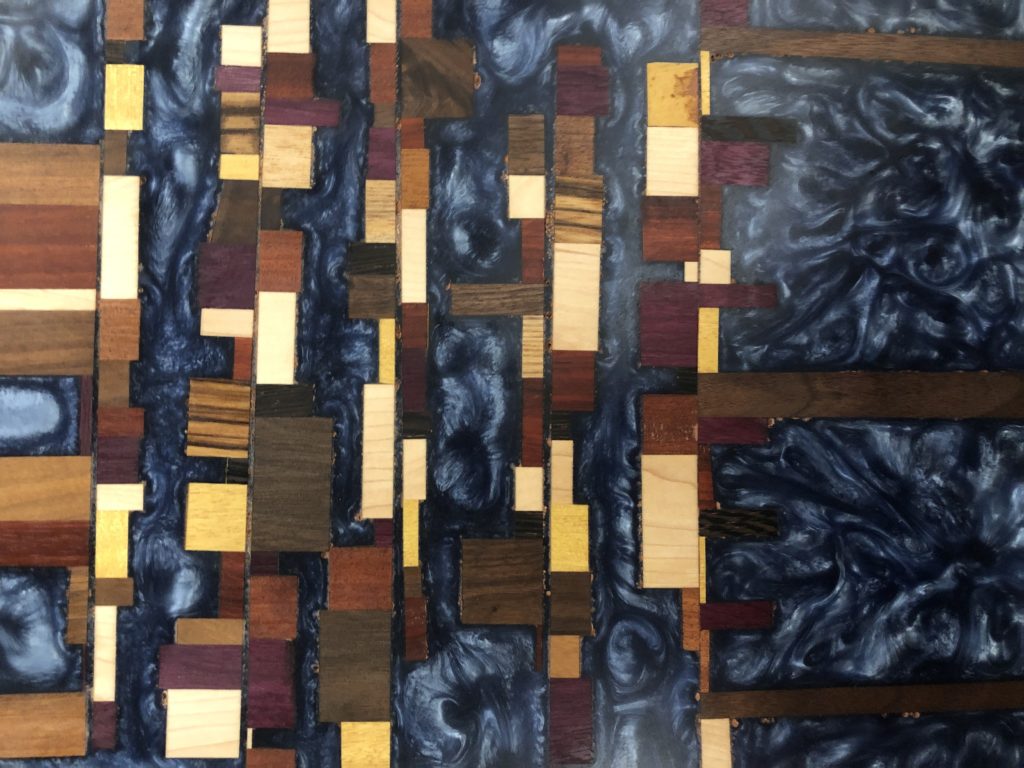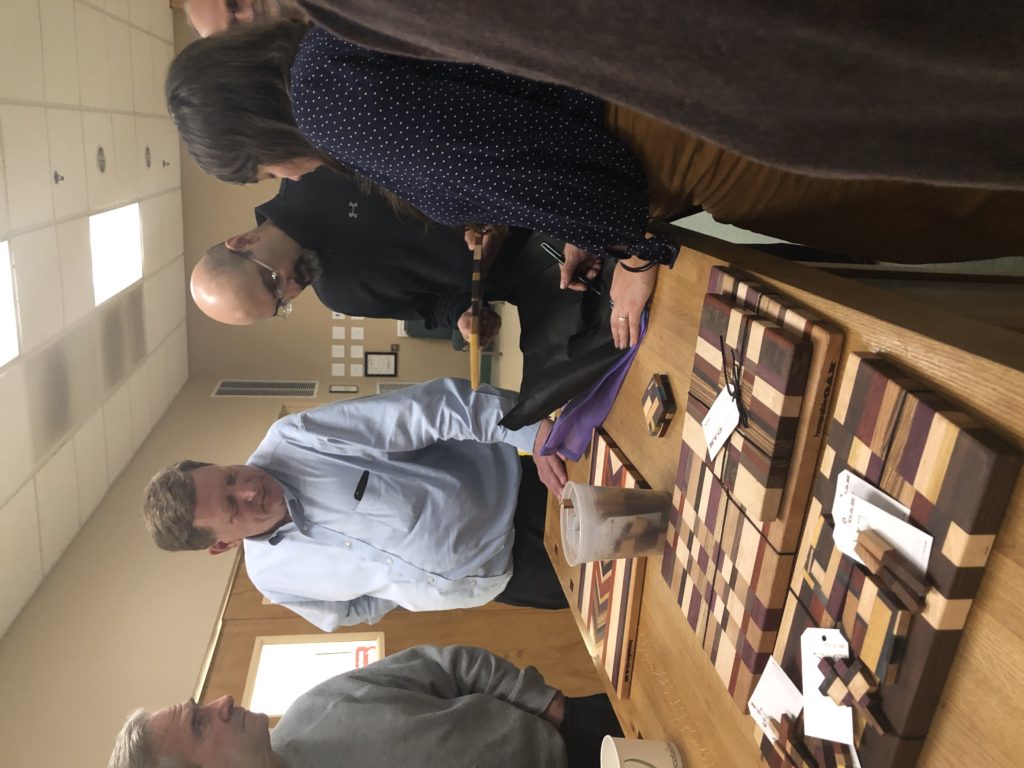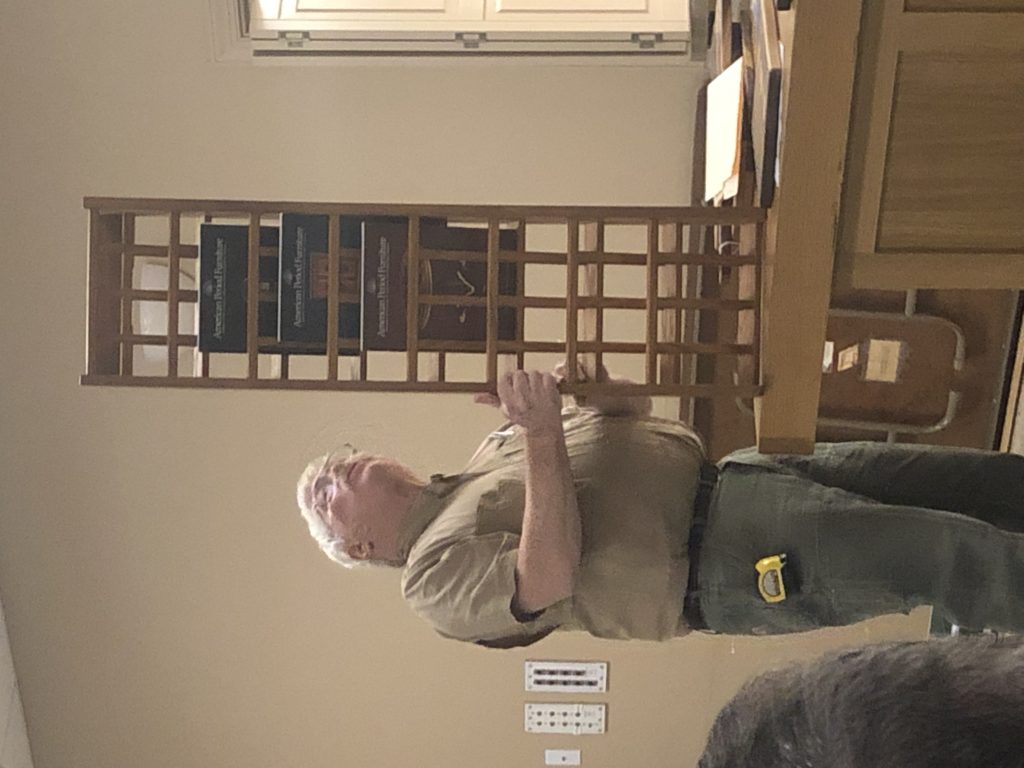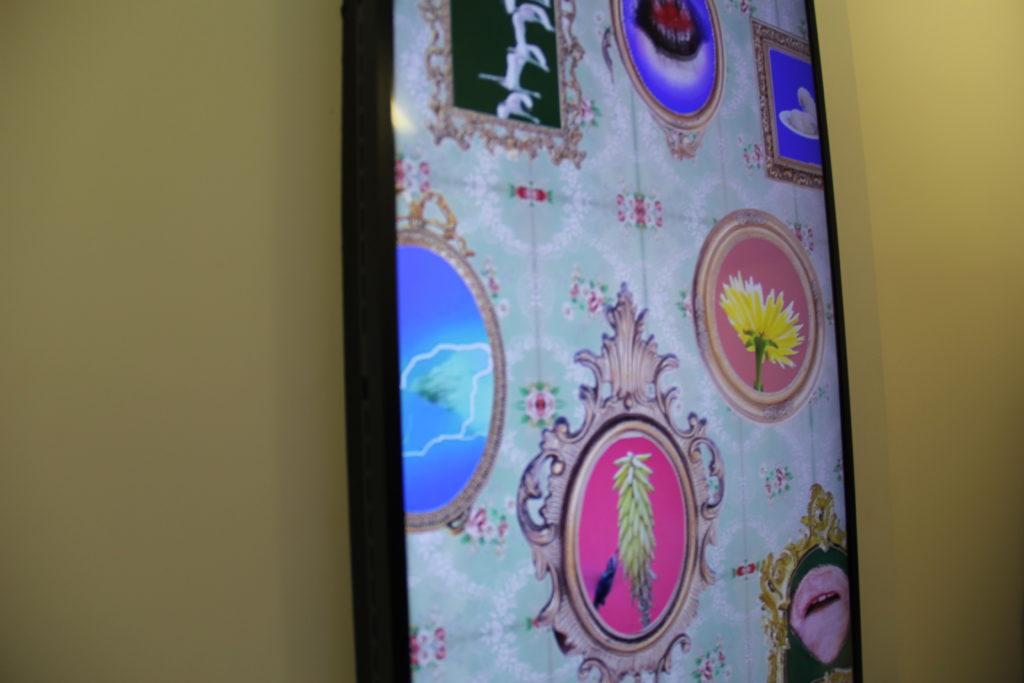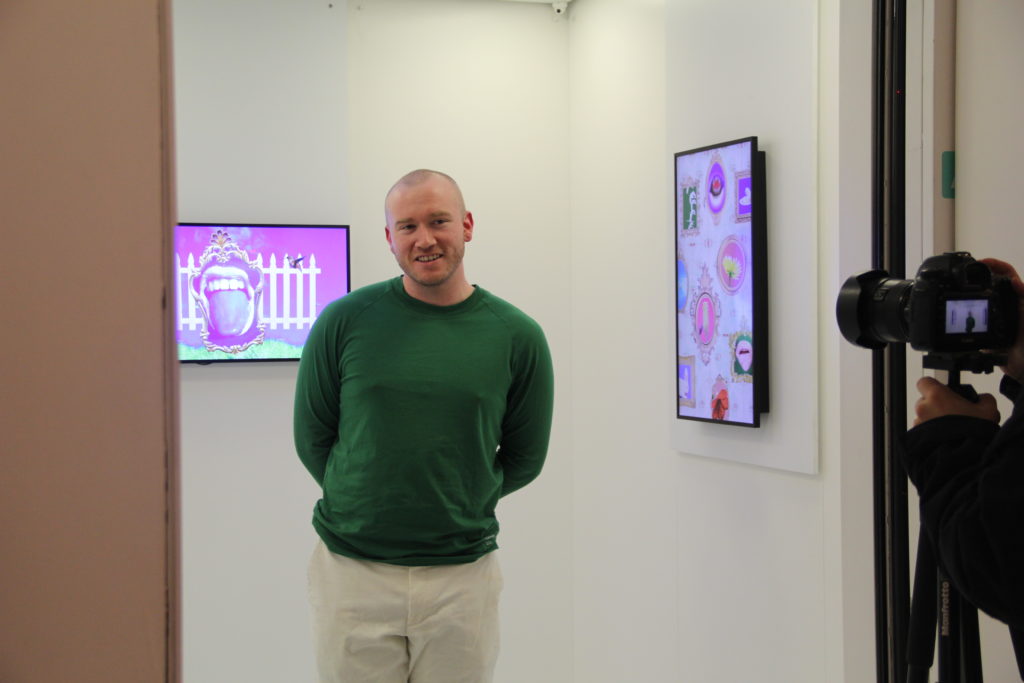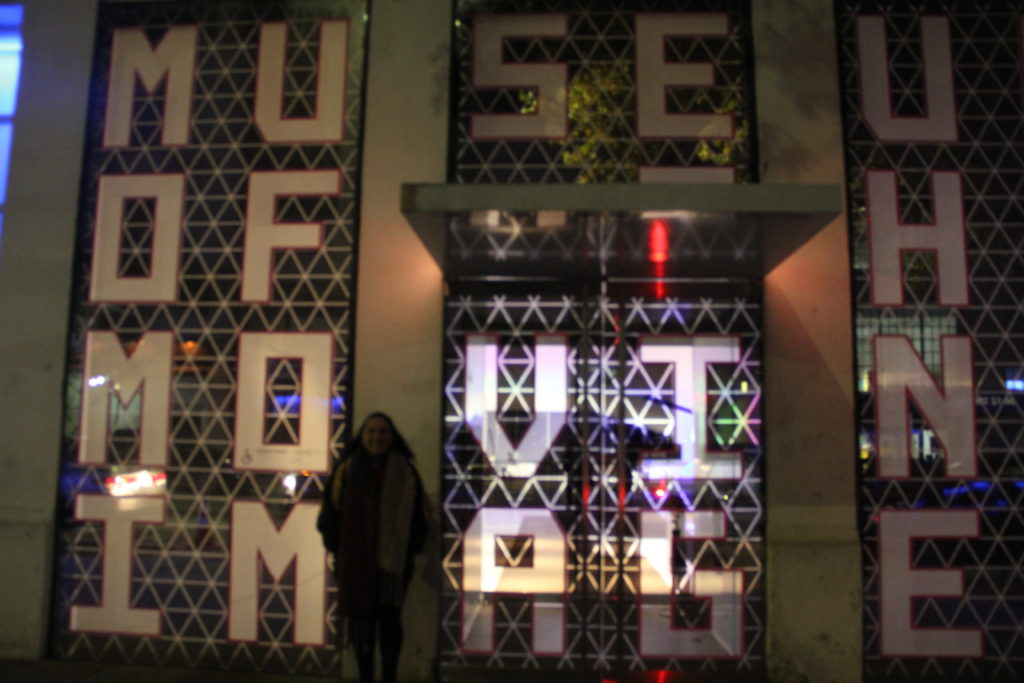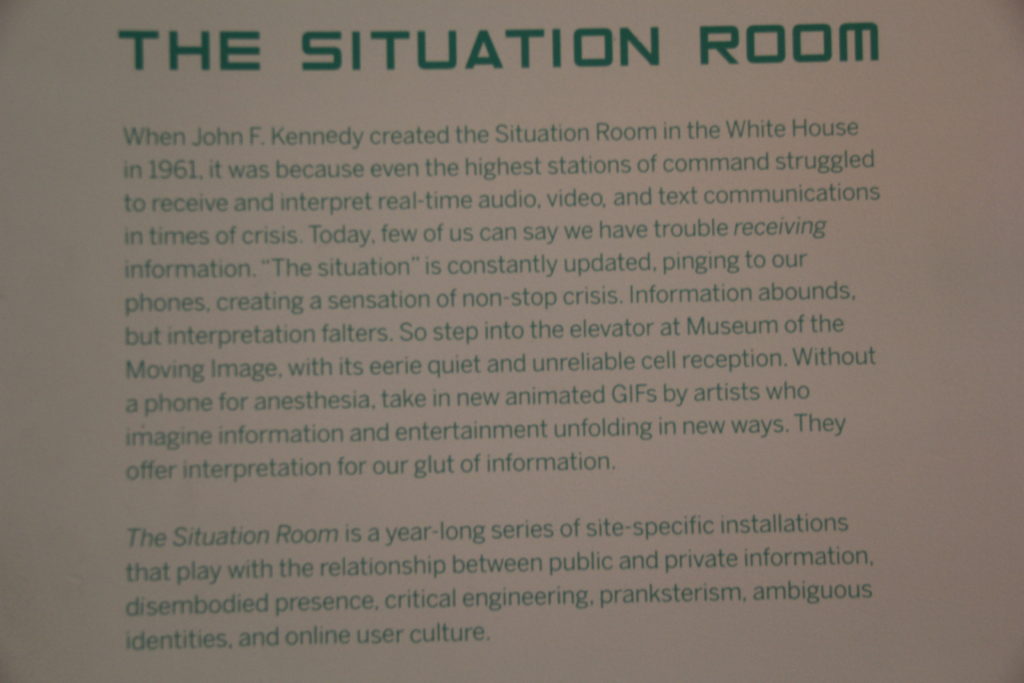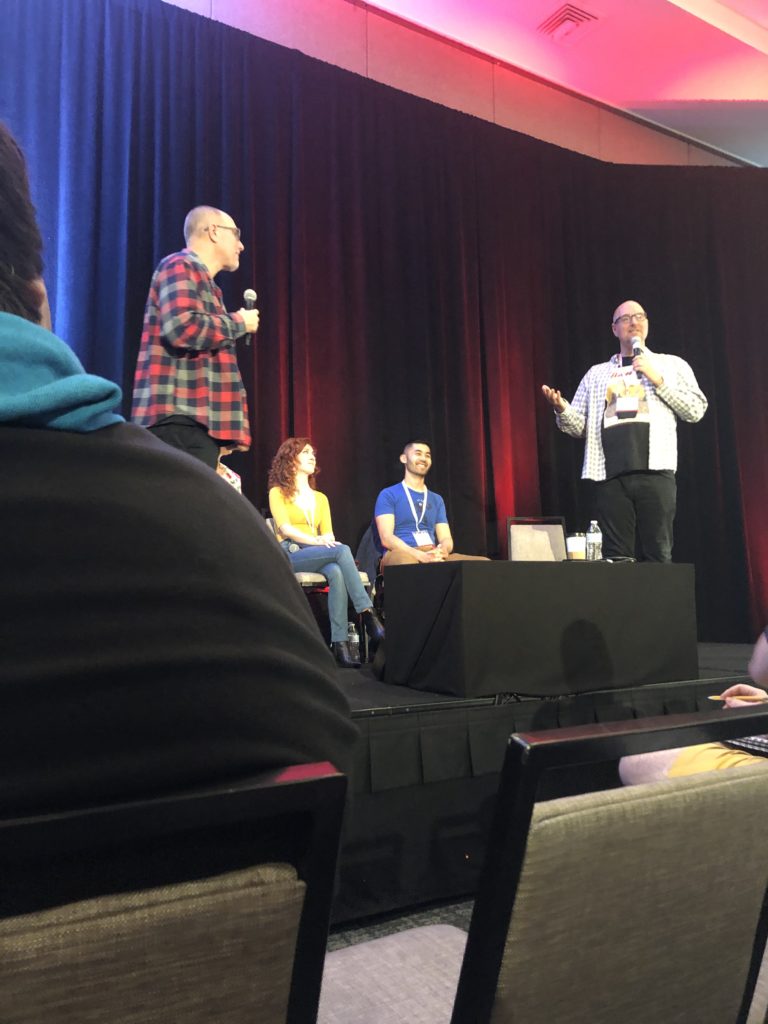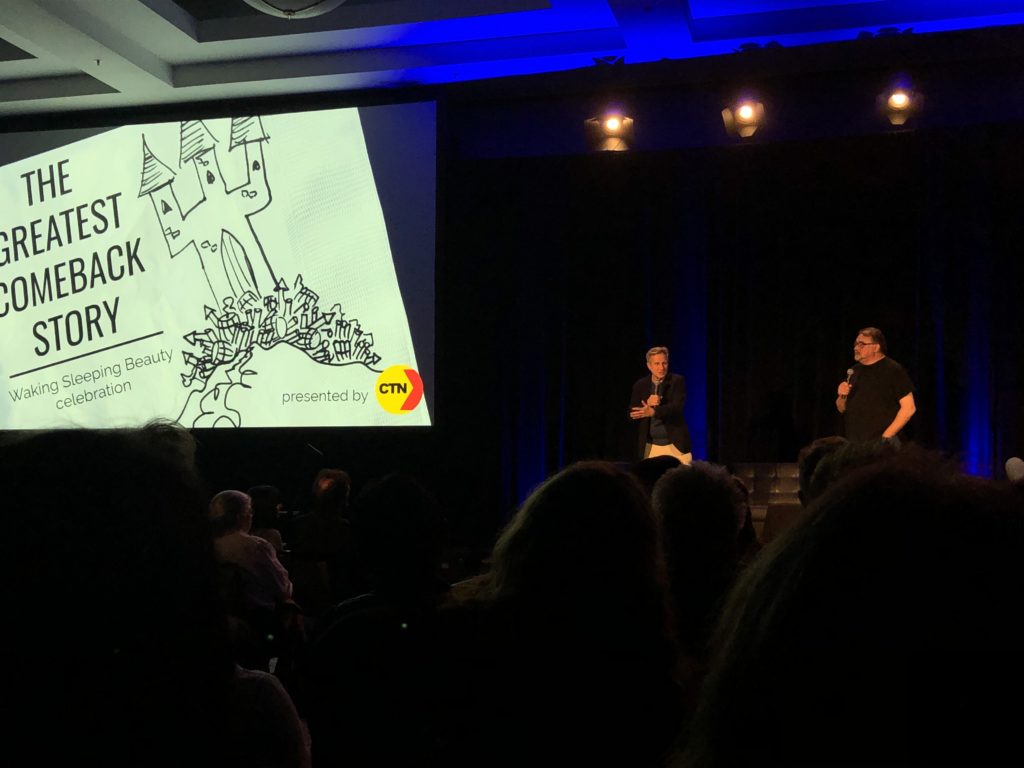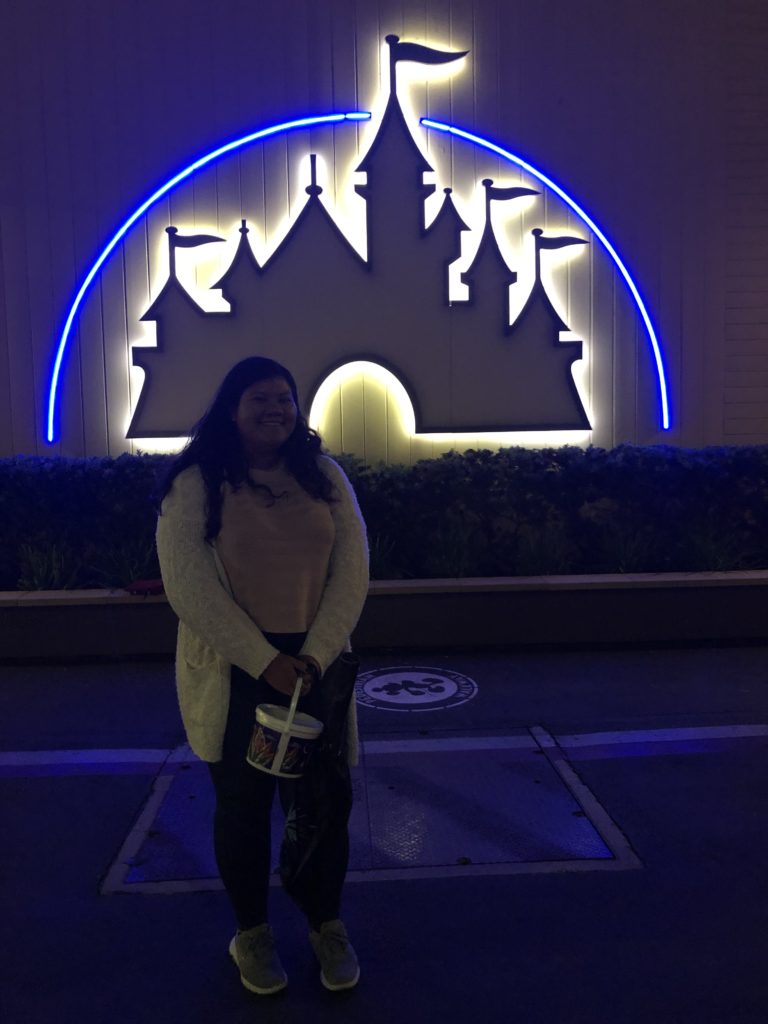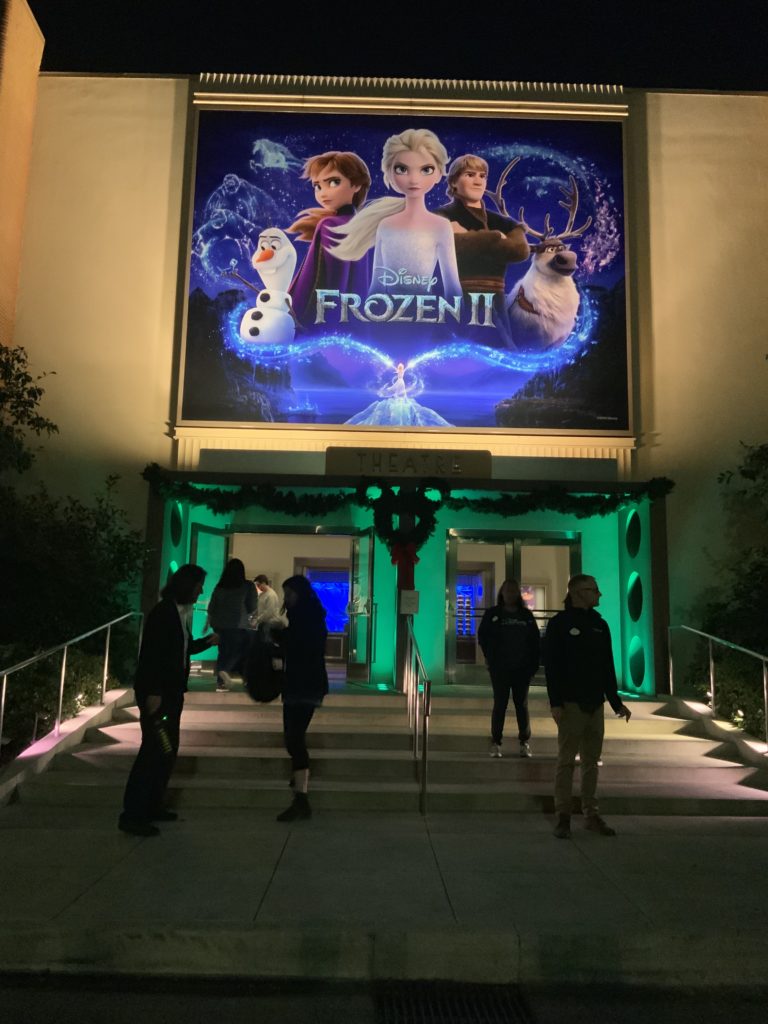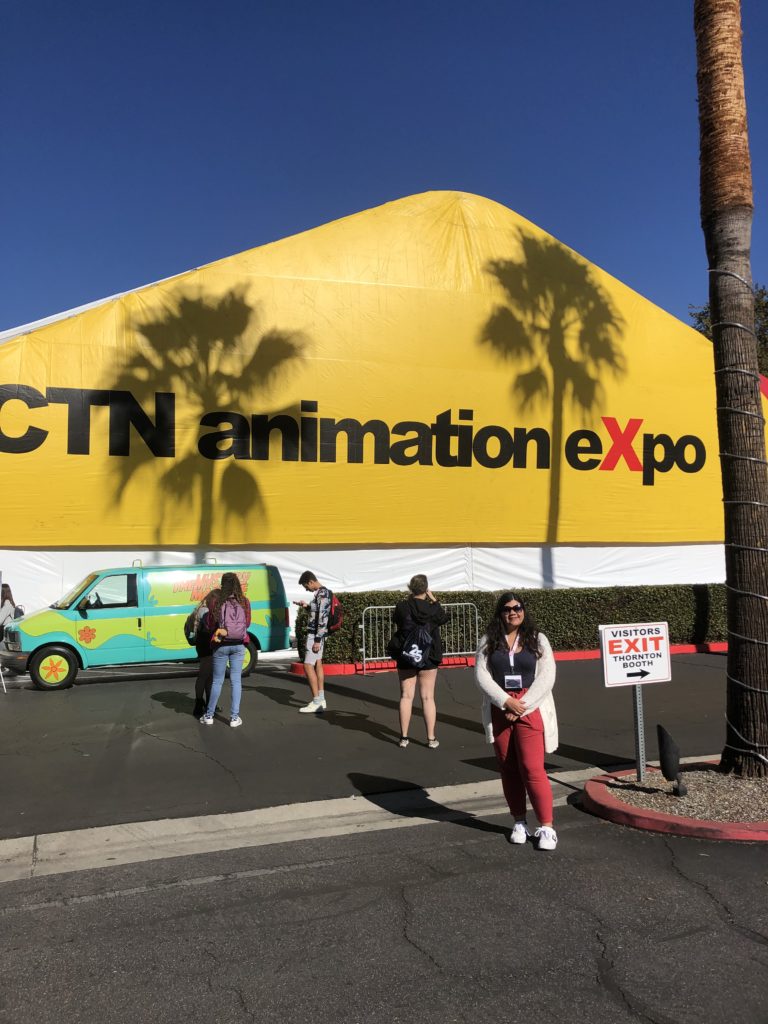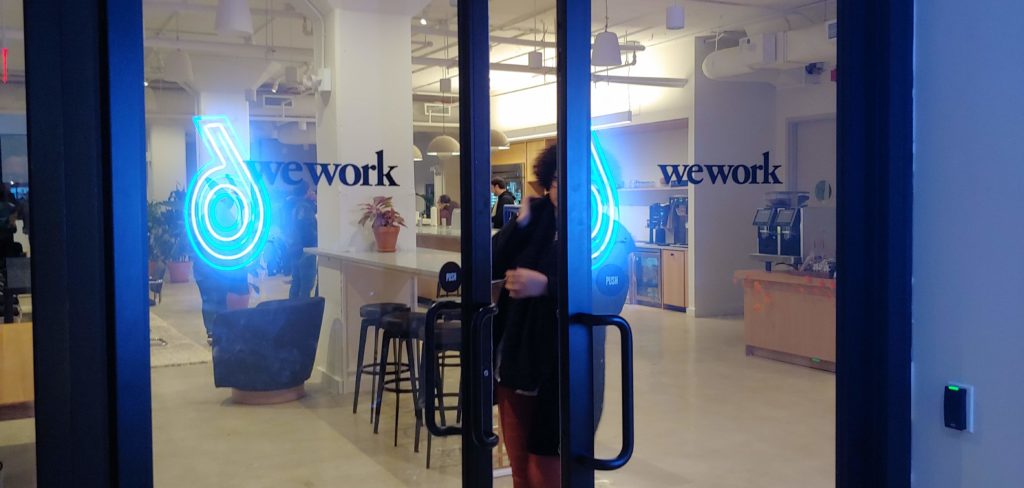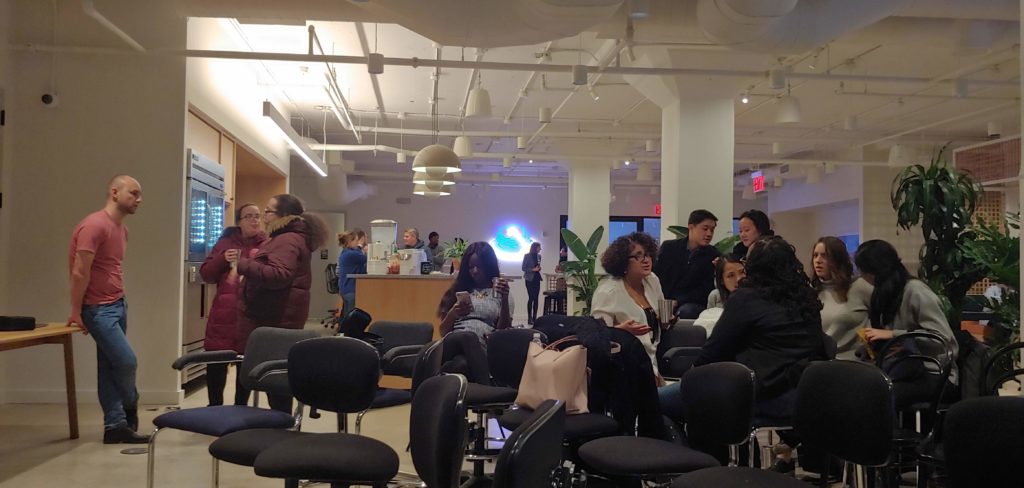Kerri Astorino
Professor Ault
IMM 498
November 2019
Industry Event
Before officially meeting with the two founders of an Augmented Reality site, Gimme360 in NYC, I interviewed Dan Bokun. We had been contacting via email and discussing where he started from the beginning and how he overcame some obstacles in the making. For a little bit of insite, he is in his early thirties and is already running his own business. When I actually got to meet up with him in person, I went with one of my friends from school and he brought along his co founder. We discussed the future and how things may change over time with technology. I couldn’t agree more. Children’s books, for example, are coming to life; no more paper back or hard cover books anymore.
I asked him what the most common traits of a successful AR is and he answered with a list of five things: Persistence, User Experience, Value of the experience, Share-ability, and Scalability. He had prior knowledge coming in to this field of study by starting where I am today. By just studying new things and doing plenty of research. He mainly tested out other individual’s apps before creating something along the lines of AR sites. His research involved looking up apps and sites that involved AR like Pokemon Go. He believes it will be the next way people live, learn and communicate with the world. Being placed in the market industry at first, in the philanthropy world – ultimately that has changed as businesses require a more visual manner of displaying information. Bokun had no physical targets specifically towards the young crowd and older generations, he wasn’t picky. His key objectives were to expand on this new wave of retaining information more effectively. Instead of looking at a budget point of view, he collected a ‘seed round of angel group of investors’. Lot of time and people were involved in the process.
Content is key. The tools he hired people to use in the making were Maya, Unity, C+ and C++ languages, and a whole lot of coffee. The 3d models were very important to this big project.
The launch schedule was soft as this is a new uncharted territory. There were certain deliverables that were set, but these were more fluid as to not to disrupt the natural flow of an entrepreneurial company’s growth. In the space he created particularly to present in front of an audience, with lighting, the required software, and the right context, it will be visually appealing. Over time what was will become mundane and what will be the new standard of detail. Bokun and his team at Gimme360, will be targeting their inventions through phones, ipads, and anything mobile; however, it is way easier for iphone users over android, as it was easier to deploy through apple products. The real-world will have a role in this experience of AR. Augmented reality heavily relies on the real-world, as it is the tie between the digital and physical.
Measuring success was a question I came up to while learning much more about the AR experience. They both mentioned that retention is key; the longer a person has it on their phone, the most likely they will use it again and or share their experience. Statistically 75% of individuals are visual learners. Being able to see something allows for a more effective and efficient manner of portraying information.
After interviewing Bokun and learning a bit from his friend, Josiah, he claimed to answer one simple question on how everything started. Bokun questioned, “how can we eliminate the distance between a person and getting to see the actual answer”. The team at first, started with research, questions, experience with other applications and users, meeting new people, and eventually it naturally came about. At the time they were studying VR, but it was not a social sharing experience for them, so they naturally gravitated towards something that was. AR was a lot more palatable for Fortune 500 companies. And now their company takes place in Canada called Gimme360, thanks to the help of Dungeon and Dragons, the Canadian version of Shark Tank.
GIMME360 started up in 2017 in Canada
started with 4 main founders and then went down to 2





